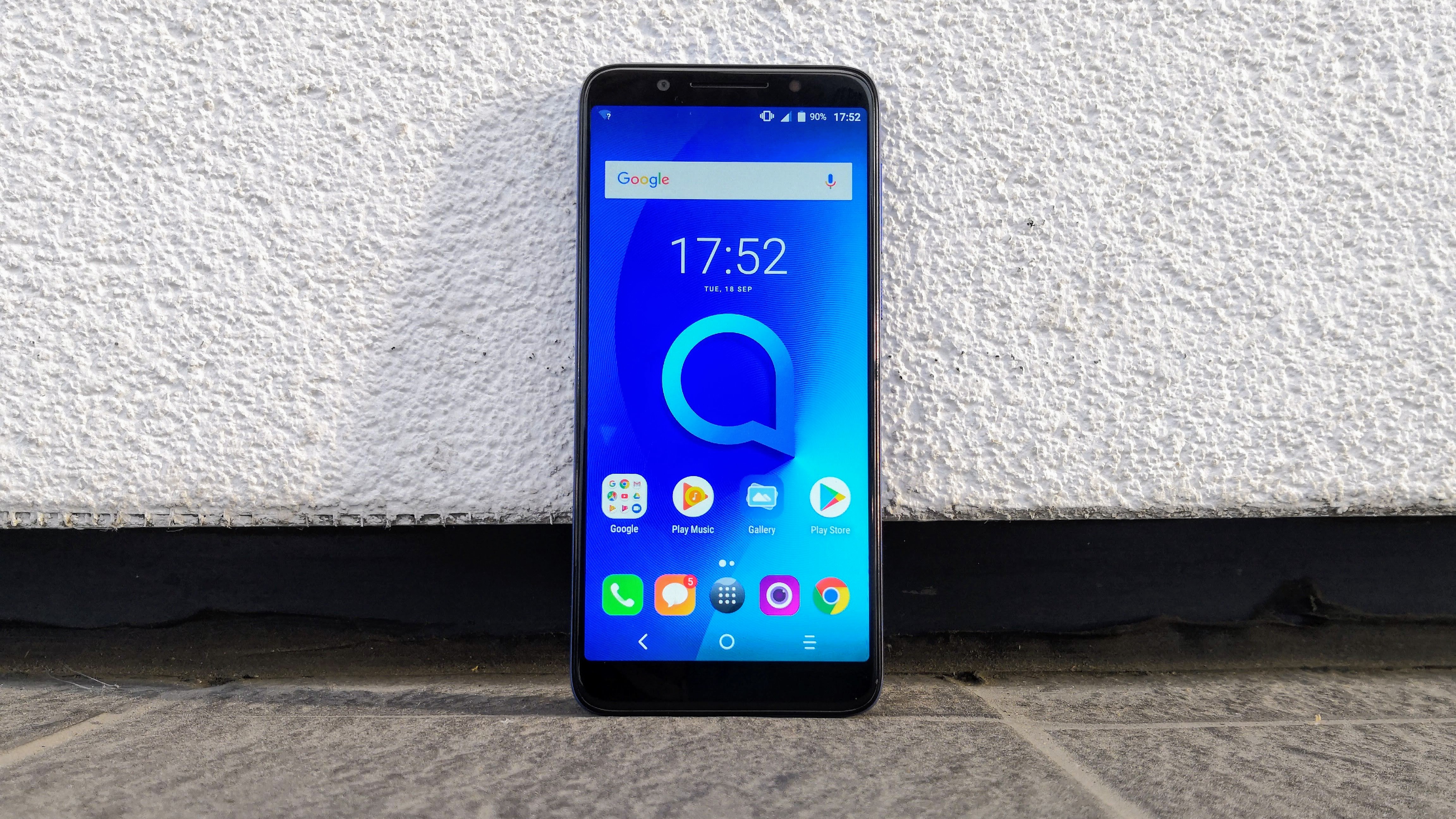Why you can trust TechRadar
Battery life
- 3,000mAh
- Old-style USB charger
- Good stamina
Buying budget doesn’t always mean you’re compromising on everything. In the case of the Alcatel 3X, you actually get significantly better battery life than you might be expecting – the phone almost always lasted us the day at moderate use.
As with any phone, more screen-on time and higher brightness will drain it faster, but due to the lower screen resolution and 3,000mAh cell, it doesn’t run out as quickly as some rivals.
However, it’s also slower to charge back up. Obviously at this price there’s no wireless or fast charging, and you’re stuck with the old non-reversible micro USB style of charger.
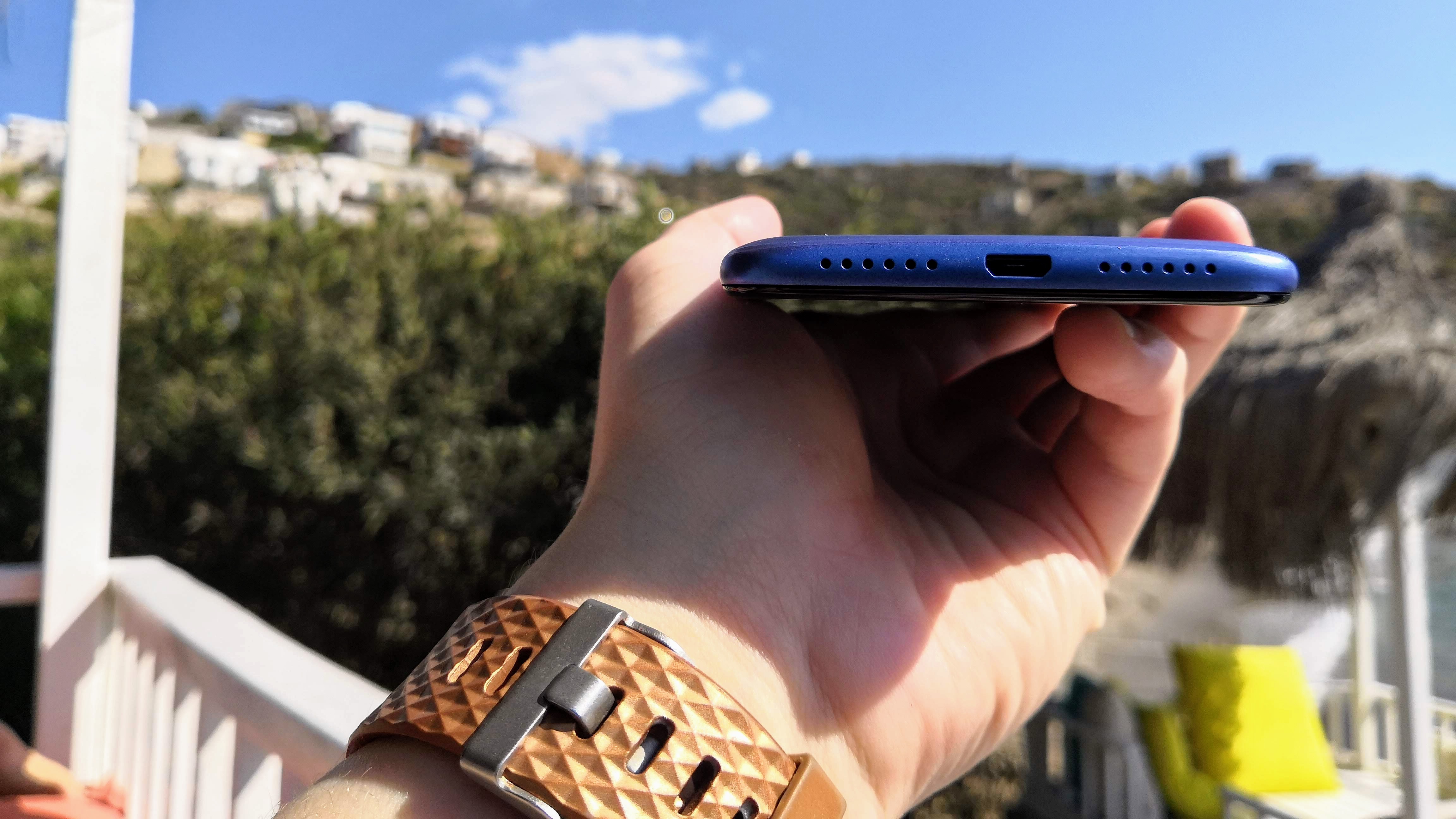
We ran our usual battery test of streaming a HD video over Wi-Fi with apps and accounts syncing in the background.
From a full charge with brightness on max, the Alcatel 3X dropped just 15% of its charge by the time the 90-minute video ended. That compares favorably with competitors: the Moto G6 Play lost 18% in the same test, the Honor 9 Lite 24%, and the Sony Xperia XA1 27%.
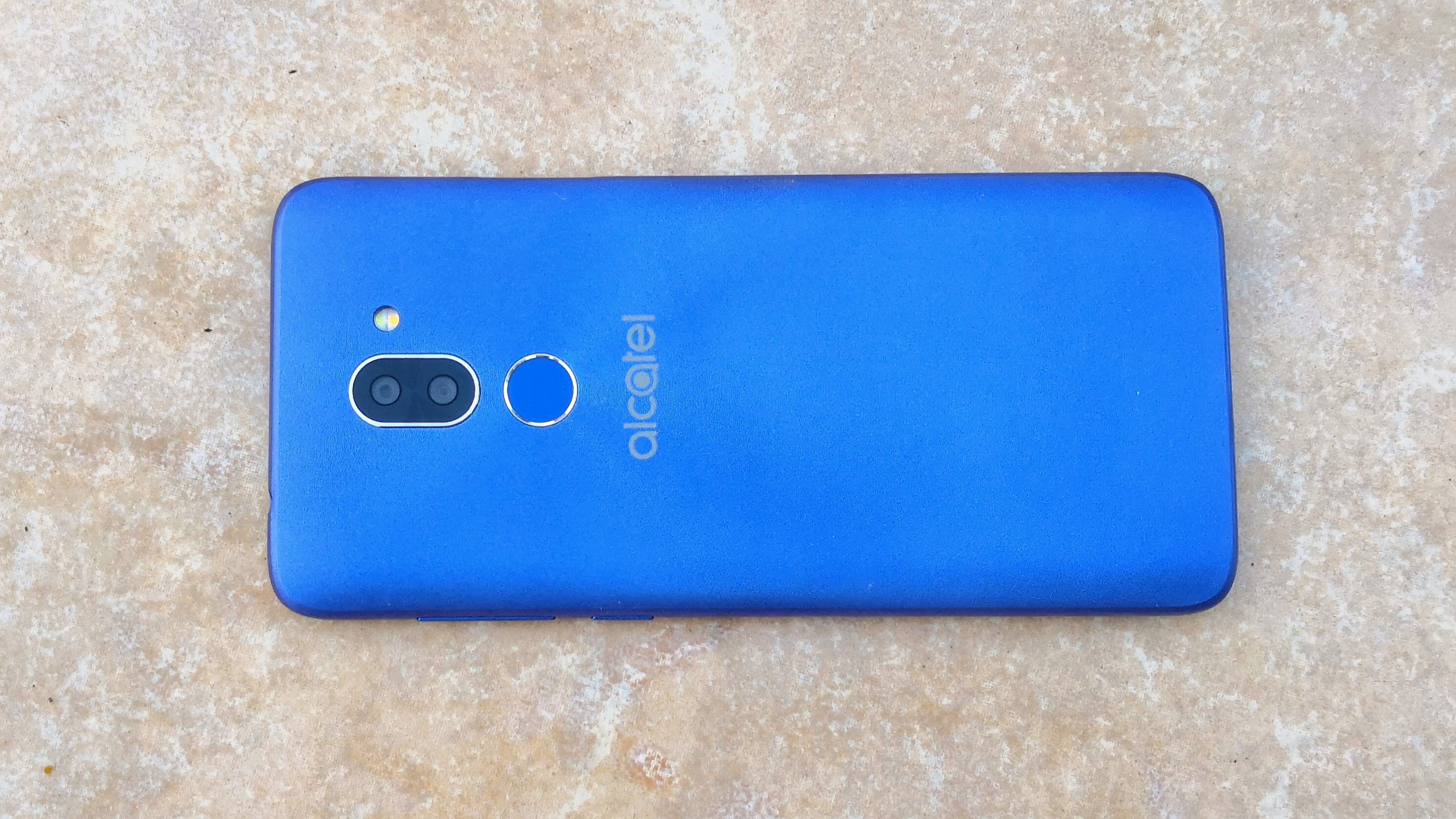
The 3X also destroys its stablemate the Alcatel 3V, which dropped a whopping 35% in the same test. That will be the effect of all the extra pixels in the 3V’s 1080 x 2160, 6-inch screen – which it has to power with the same-sized battery as the 3X.
Camera
- 13MP + 5MP dual rear cameras
- 5MP front-facing
- 120-degree wide-angle lens
The first thing to know about the Alcatel 3X's camera is that the top quality setting uses a bit of software trickery that’s best avoided.
The dual-camera setup is described on the box as “13MP + 5MP (interpolated to 16MP + 8MP)” and on the website, even less clearly as “(16MP+8MP by SW)”.
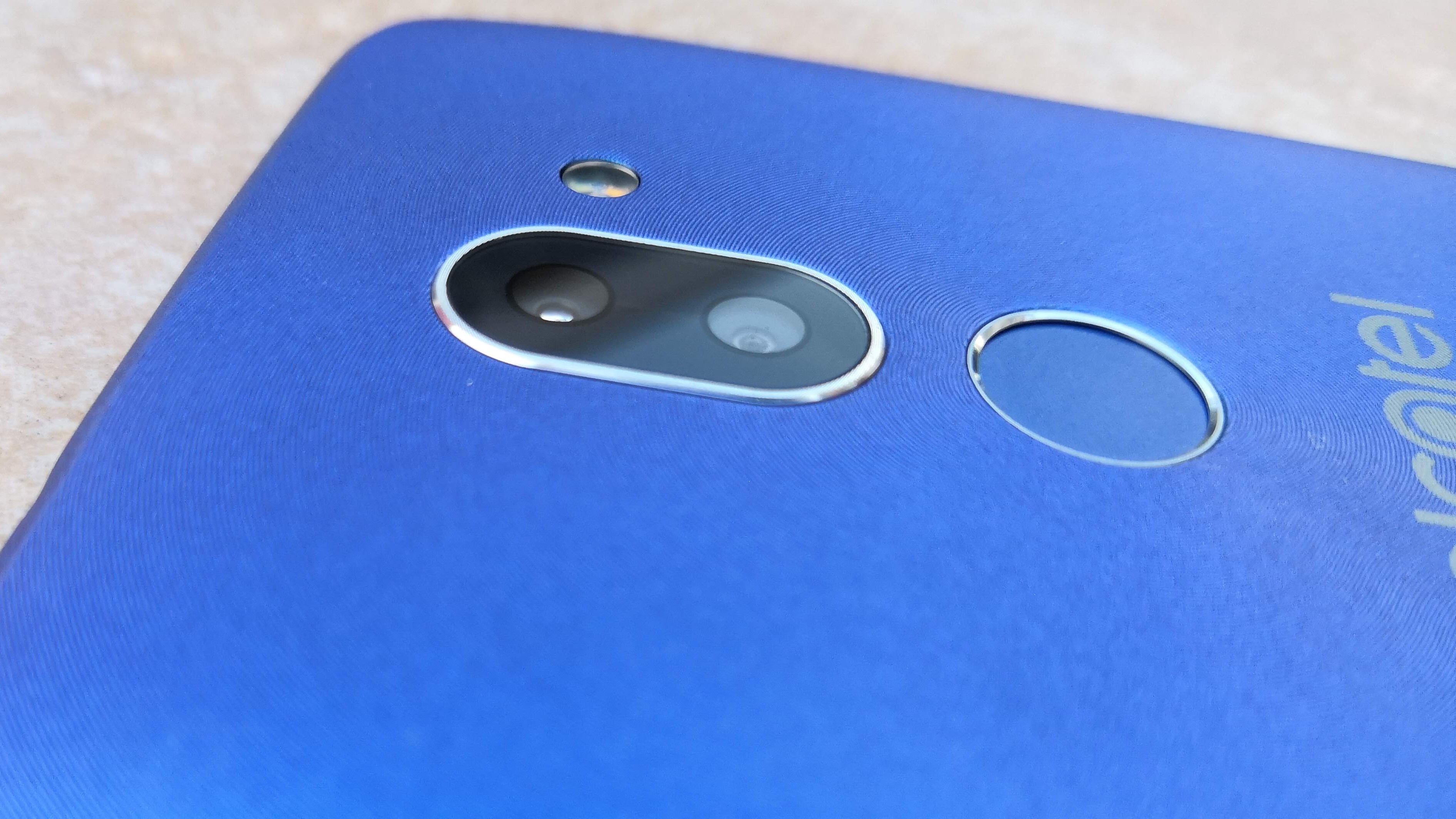
This bit of jargon means that the cameras are only capable of 13MP and 5MP, but on the top setting, the phone will insert extra pixels where it thinks they’d go in a higher-quality photo (‘interpolation’, achieved by software or ‘SW’) to make a technically higher pixel count.
This often results in fluffy photos that don’t stand up well when zoomed, so if you get this phone, make sure you’re on the second setting on both the rear and front cameras (the selfie cam is 5MP but interpolates to 8MP).
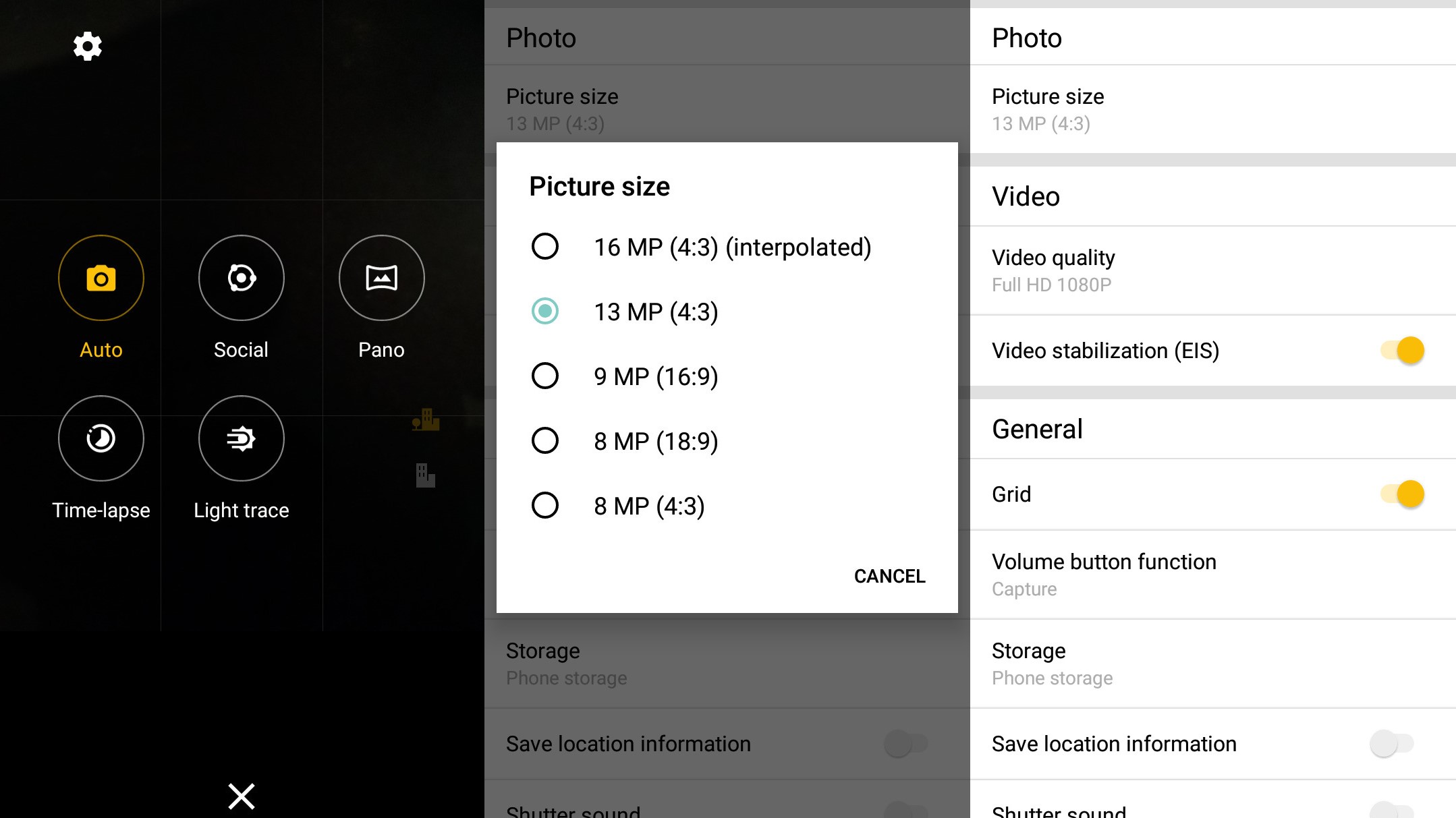
One of the rear cameras includes a 120-degree wide-angle lens, which is handy for taking fisheye-style shots with more content crammed in.
You switch between this and the standard lens by pressing the very confusing icons of a building and a building with a tree in the camera app. Apparently the extra tree means ‘wide-angle’. Okay then.
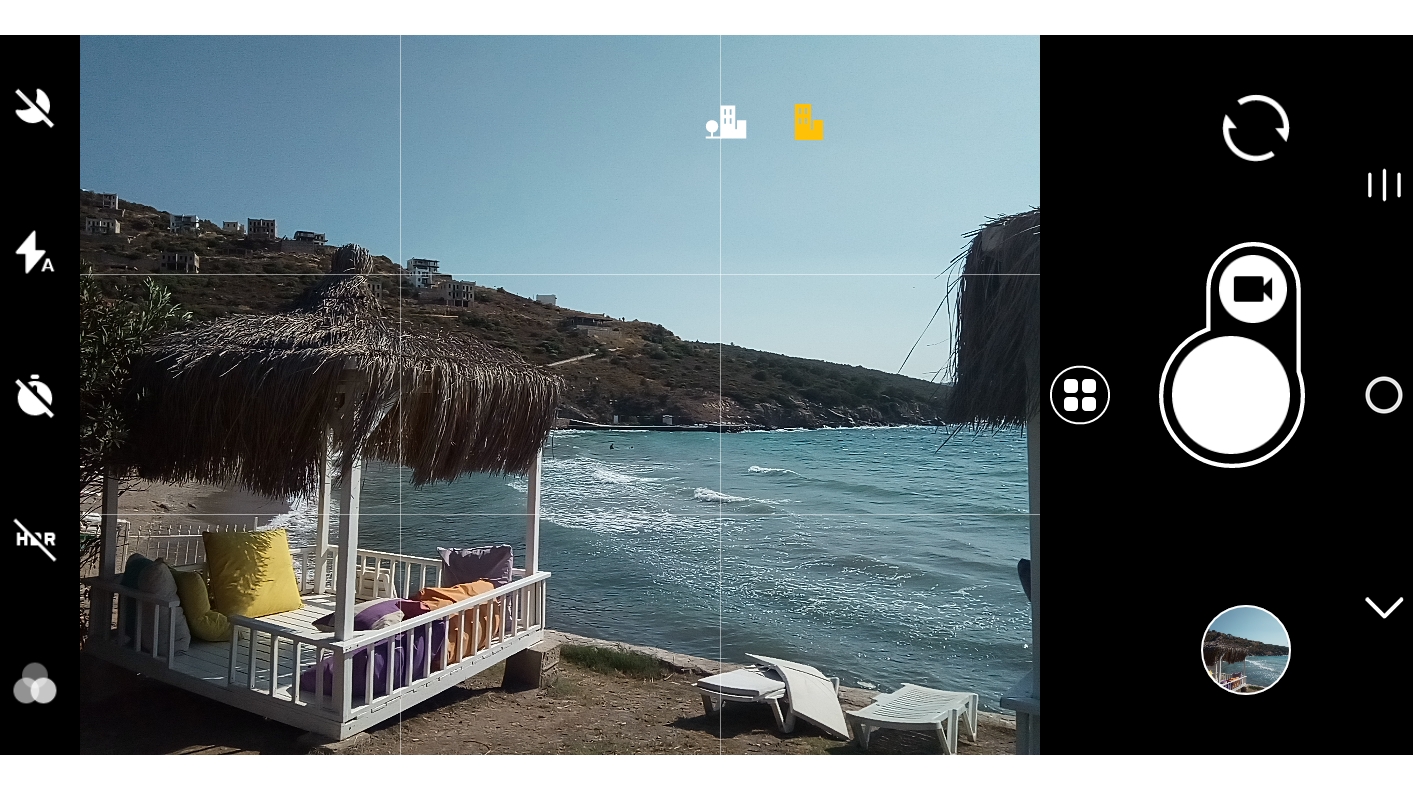
This is fairly typical of the Alcatel camera app: it’s not well-designed and takes a while to find your way around. You access modes like panorama and time-lapse through a button that looks like a four-leaf clover underneath the viewfinder, and within that is the familiar cog for settings.
There aren’t a huge number of modes, but the four-frame square one within ‘Social’ will probably be popular among Instagram fans.
The front-facing camera also includes beauty mode, with two sliders. They’re labeled with unhelpful graphics, but one seems to blur the face and the other seems to make the skin lighter. Sigh.
Overall, both front and back cameras perform fine for a phone in this price bracket. They’re neither better nor worse than expected, just okay.
The resulting photos are plenty good enough to put on social media and similar, but you probably won’t want to blow them up and put them on your wall.
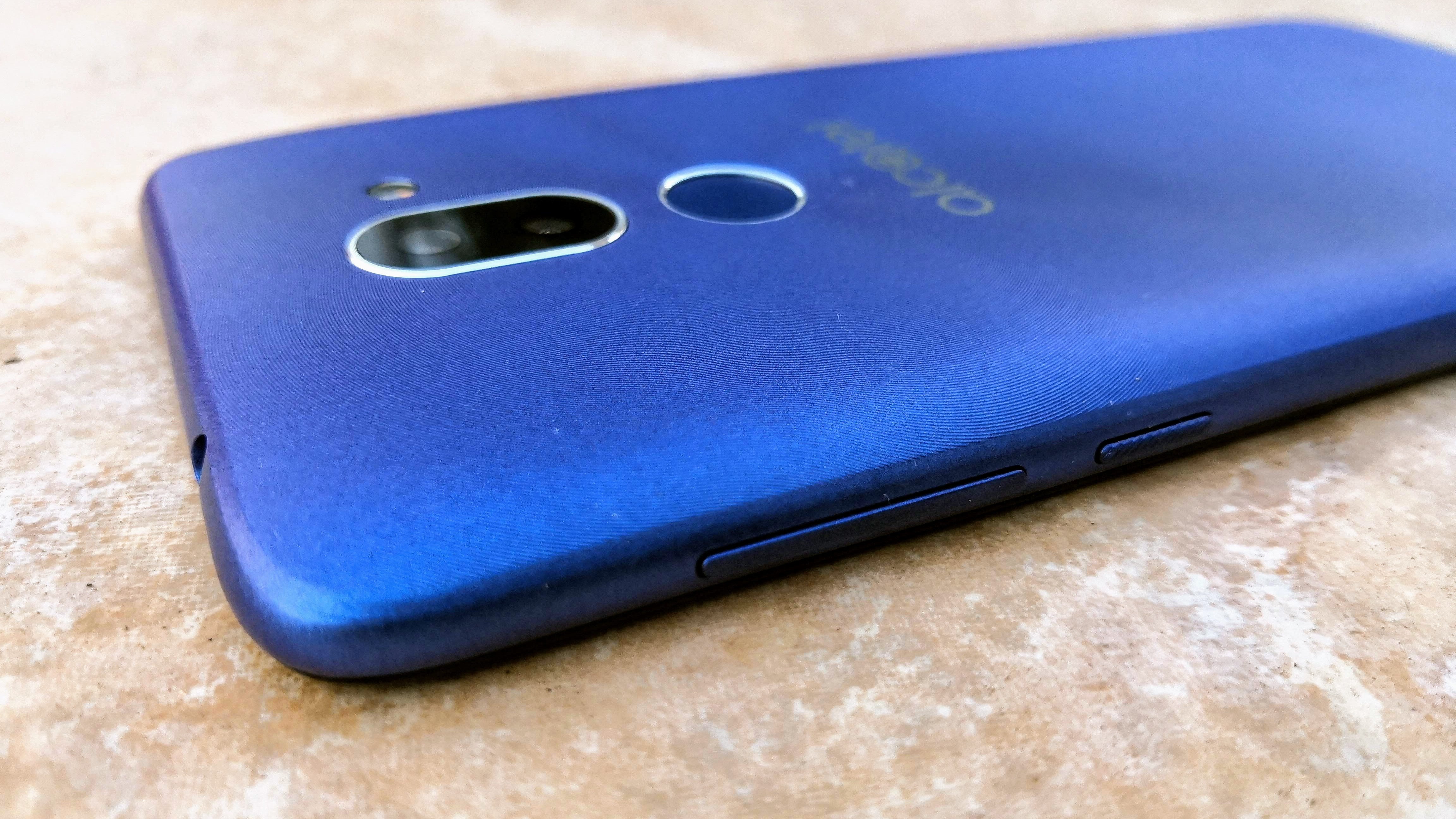
The dual-tone flash on the main camera works well for taking portraits that don’t completely wash out the subject, although without flash both cameras struggle in lower light, even with good indoor lighting.
They’re also slow to get a focus lock. That’s fair and expected for this end of the market, although now that the Sony Xperia XA1 has come down to a similar price point, photography fans might want to consider that instead.
Camera samples
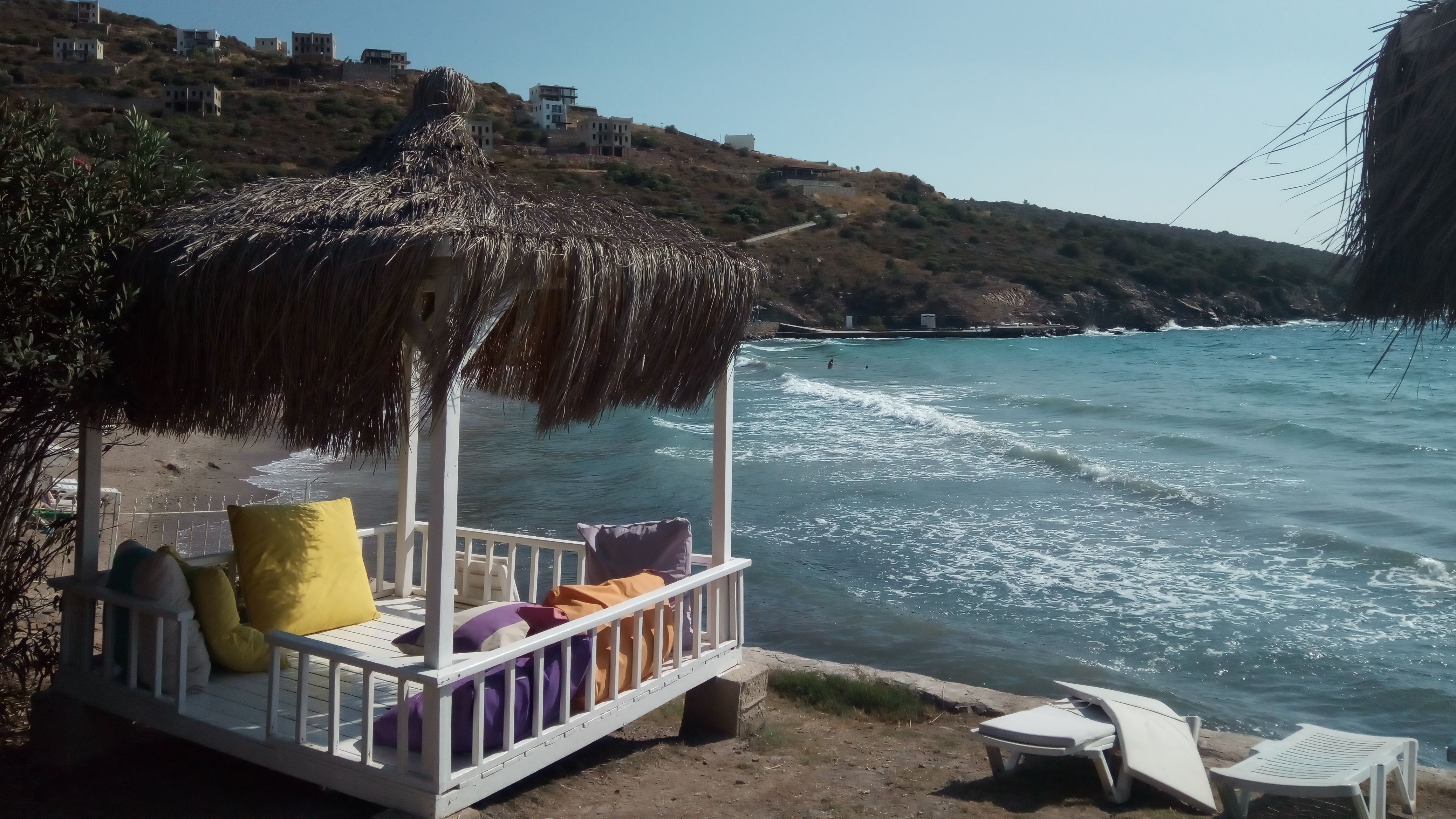
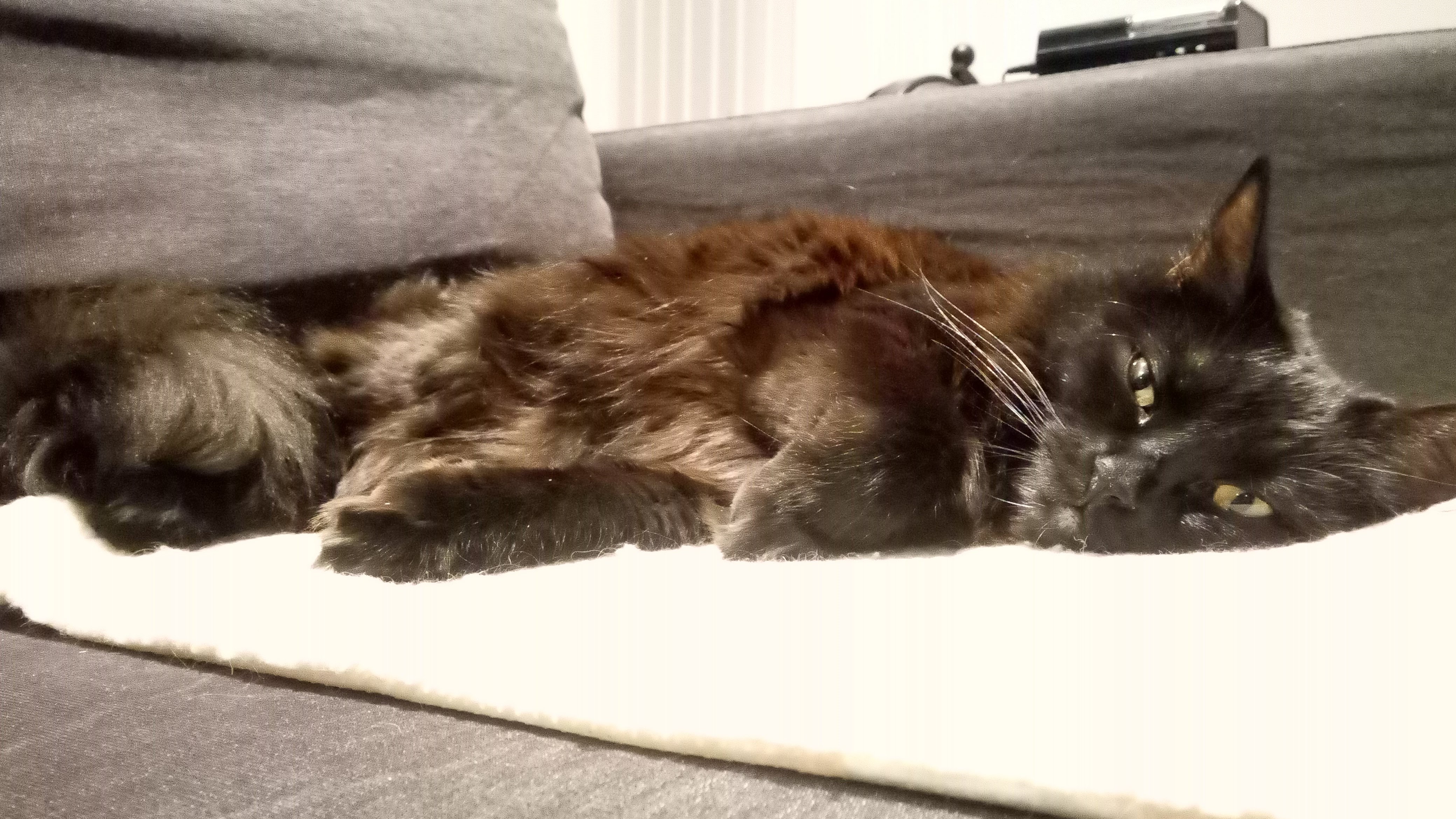
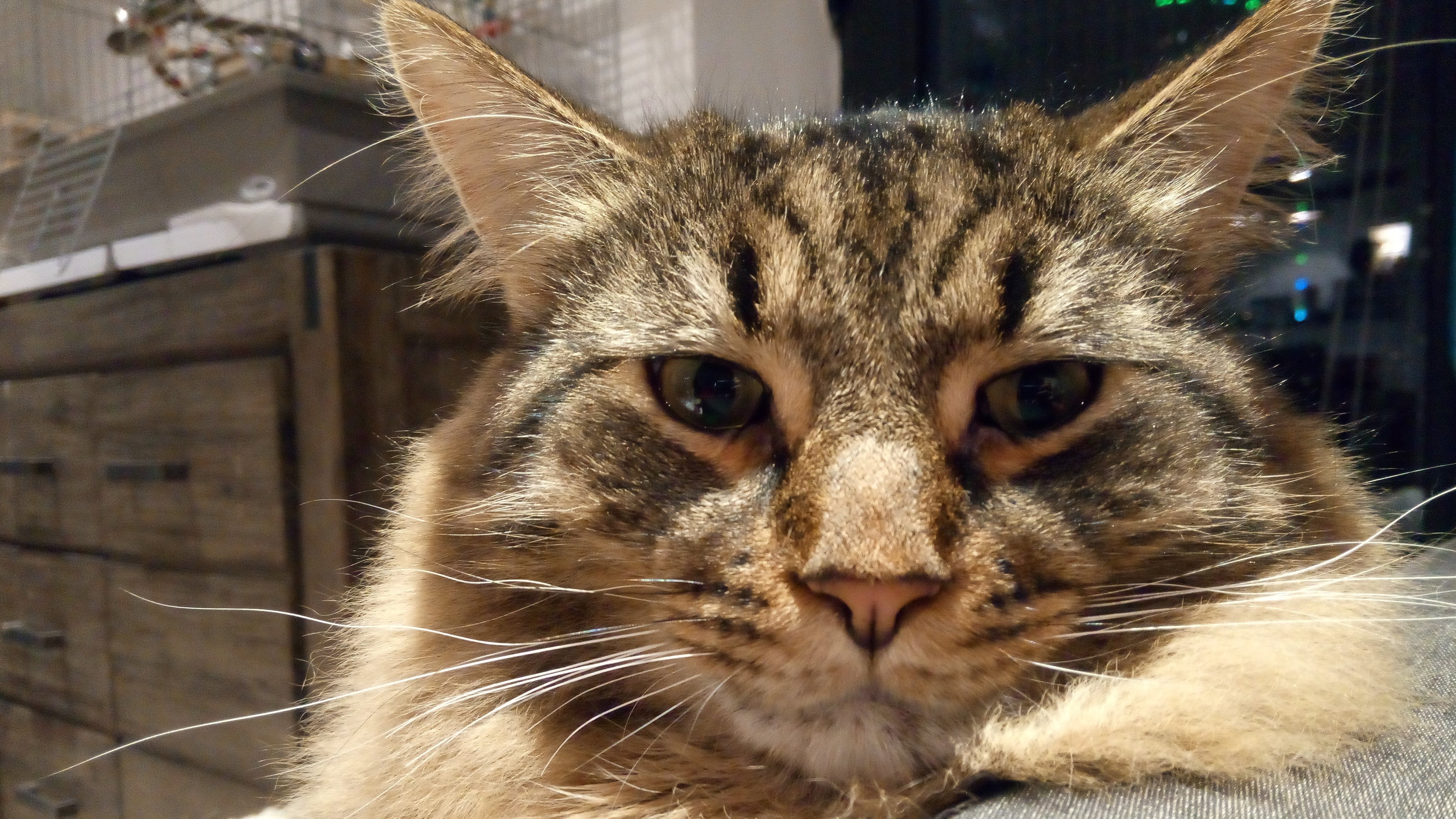
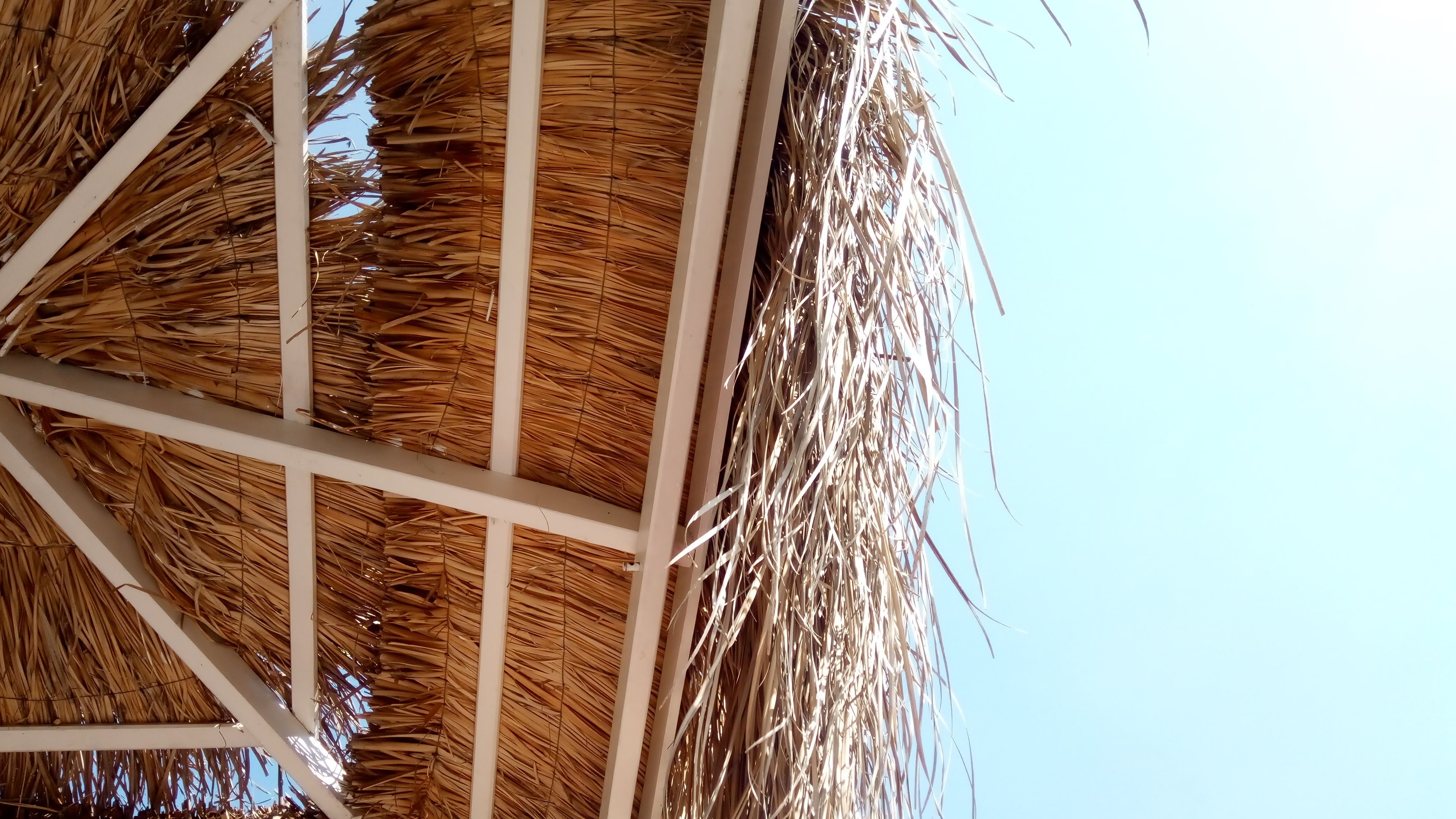
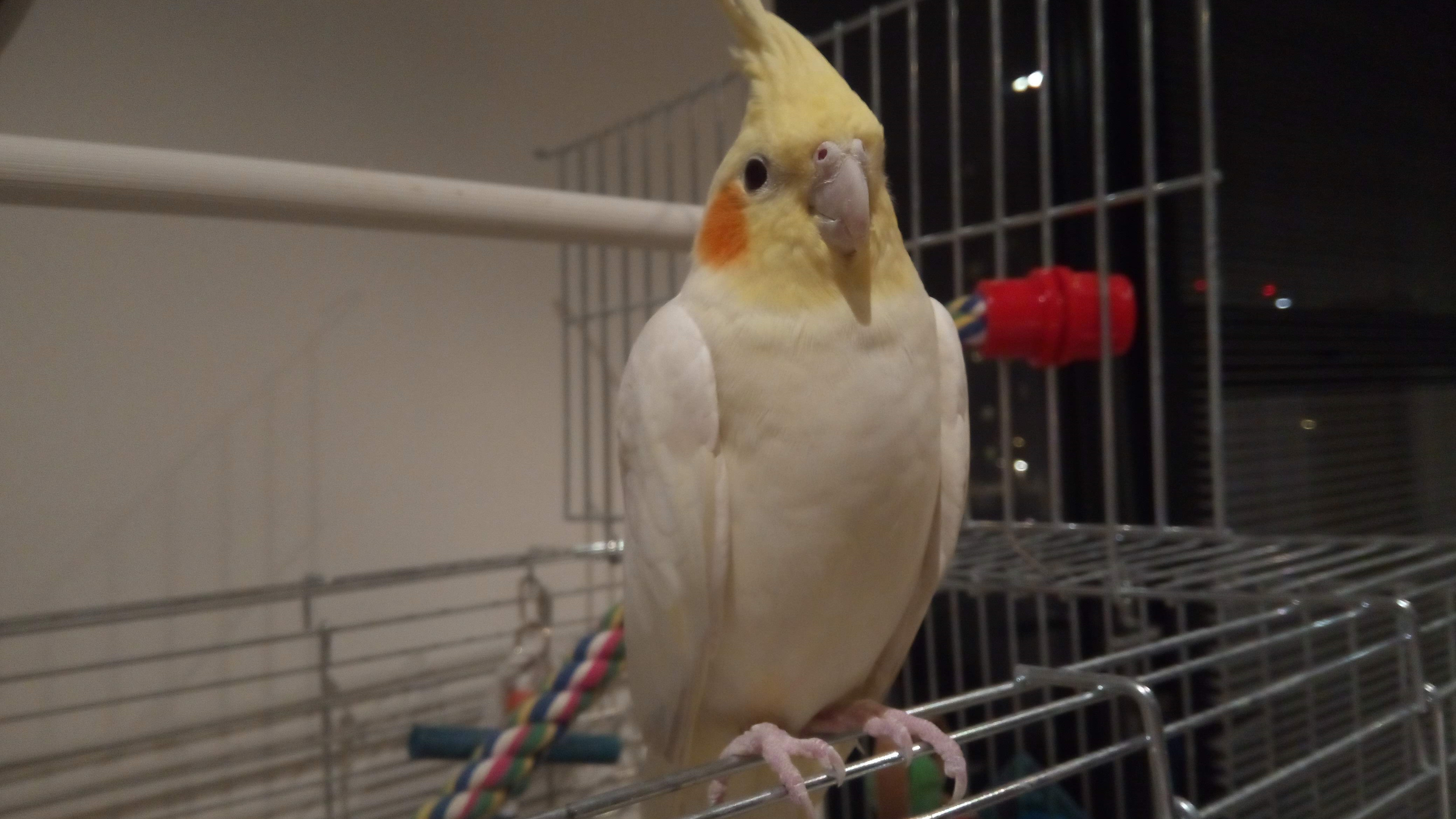
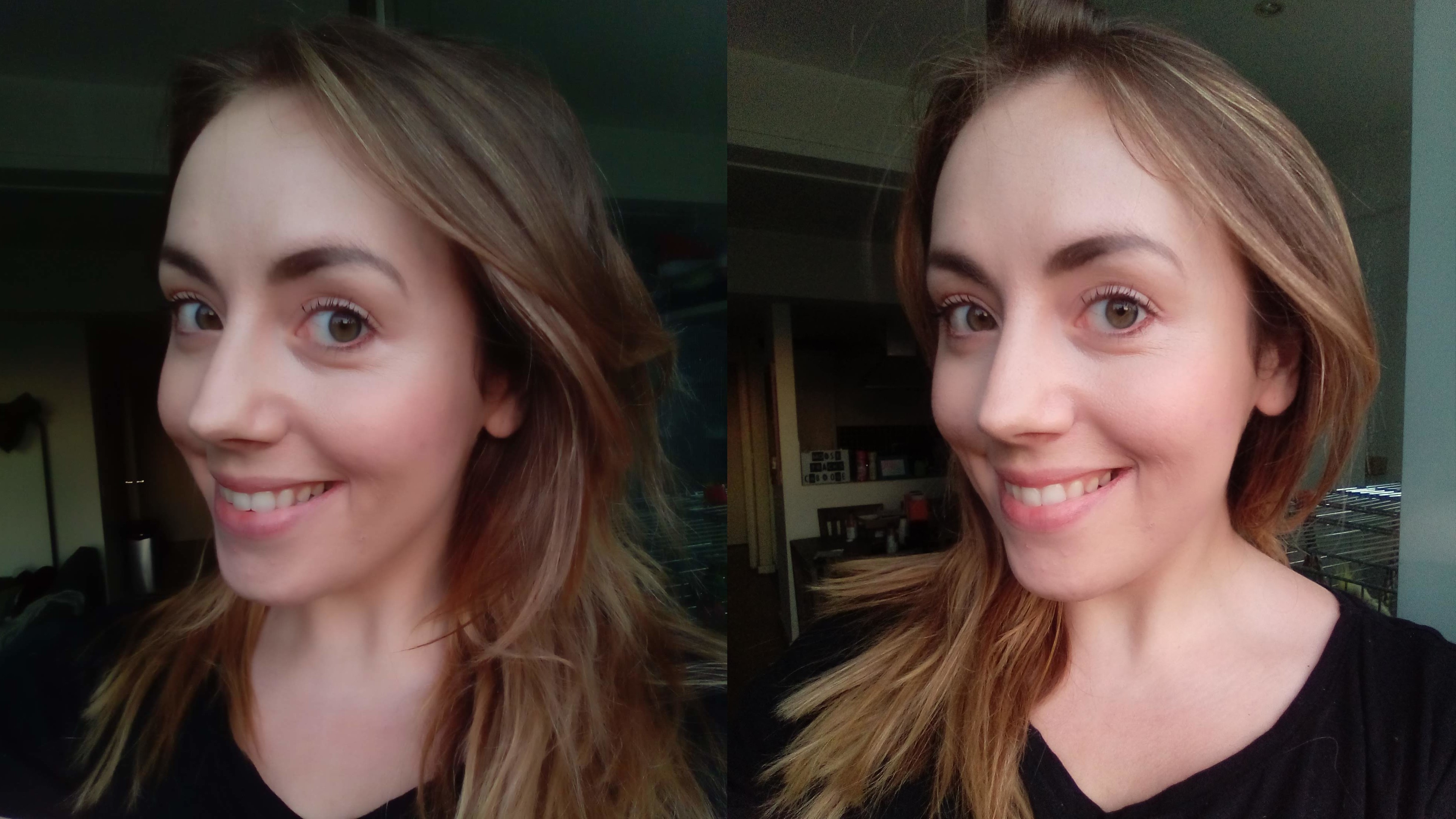
Current page: Battery life and camera
Prev Page Introduction, design and display Next Page Anything else I should know?